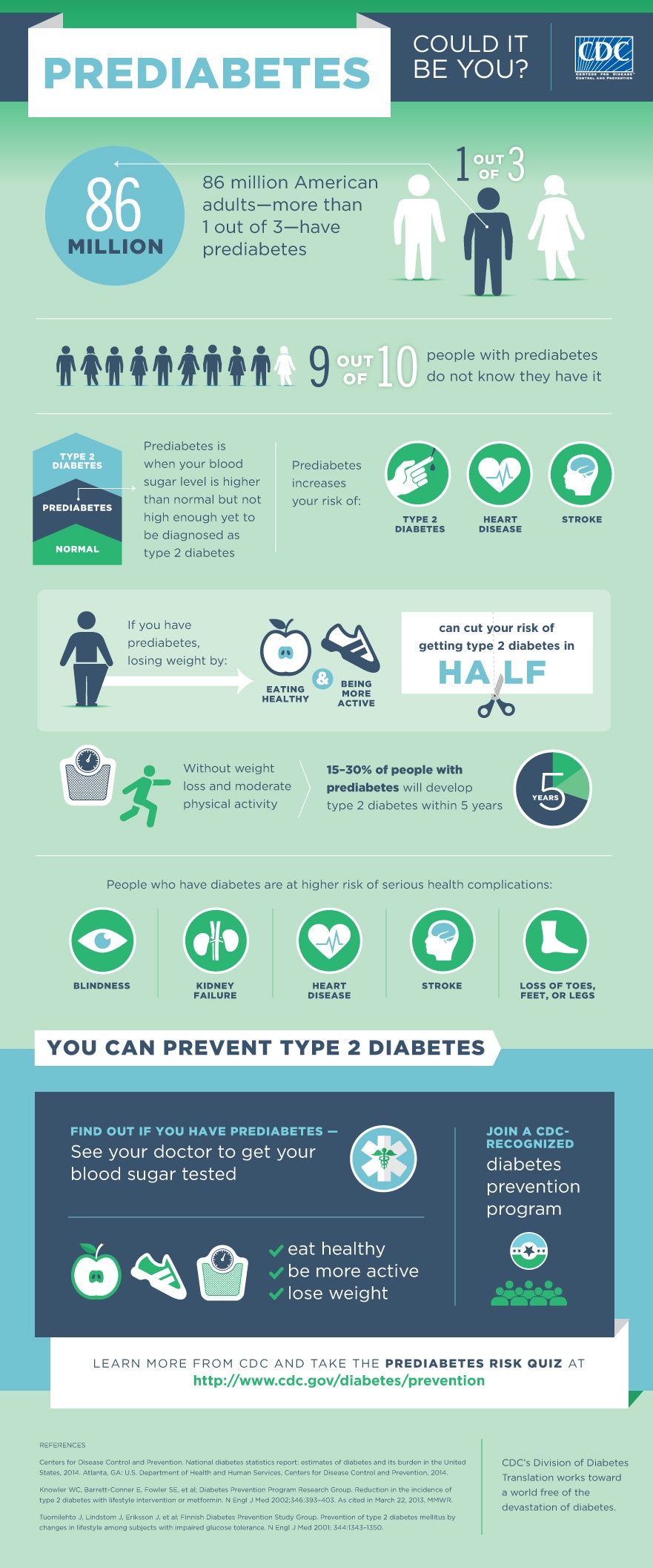
7 While many socio-demographic characteristics contribute to the quality of life of the older adults, such as age, socio-economic status, and marital status, the extant literature has paid particular attention to possible risk factors for falls. 4, 6 In addition, studies have found that approximately 30–60% of falls take place among older adults who live in a rural community. 5 Approximately one-third of older adults aged 65 years and over living in the community experiences at least one fall each year and this proportion exceeds 40% among those aged 85 years and older. 1, 2, 4 Previous studies have shown that the majority of falls occur among older adults aged 60 years and over and the incidence of falls increases with age. 1, 2 Falls have become a common challenge in the public health domain because they lead to physical injury, disability, and mortality, 3 and affect quality of life among older adults. 1 According to the World Health Organization, nearly 424,000 fatal falls occur each year (an average of 1160 people per day). Keywords: fall awareness, falls, quality of life, older adults, ethnic minorityįalls among the older adults have become a major public health problem in many countries. Therefore, public health agencies and local government should be aware of the problem and initiate an implementation program and policy to prevent falls and improve the quality of life among ethnic minority older adults. It is critical to recognize the risk factors to promote fall prevention programs that are appropriate for the older adults among ethnic minorities. Compared to those who had not fallen in the previous year, the quality of life of the older adults who had fallen was about 11 points lower.Ĭonclusion: Several independent variables were discovered to be fall risk factors and quality of life indicators. There was a significant relationship among fall awareness, falls, and quality of life score (p< 0.001). Univariate analysis revealed that minority group, sociodemographic characteristics, sleep duration, and fear of falling were all found to be associated with fall awareness, falls, and quality of life score (p< 0.001). More than half of the elders had moderate fall awareness and quality of life (71.6% and 68.6%, respectively). In the previous 12 months, 20.6% of elders had experienced a fall, and 4.5% of them had experienced multiple falls. The factors were determined using simple linear regression and binary logistic regression. The data were collected through face-to-face interviews, with structured questionnaires covering health information, fall awareness, and quality of life (WHOQOL-OLD).


Methods: A cross-sectional study was conducted among 462 older adults from ethnic minority groups living in rural communities in Phayao and Lamphun provinces of northern Thailand using a multi-stage sampling technique. The aim of this study was to examine factors related to fall awareness, falls, and quality of life among ethnic minority older adults living in northern Thailand. However, there have been very few studies on falls among ethnic minority groups living in rural areas. Falls and their consequences have an impact on people’s quality of life, particularly the older adults. School of Public Health, University of Phayao, Phayao, 56000, Thailandīackground: Falls are a major public health issue and one of the leading causes of morbidity and mortality among the older adults in many countries. Supakan Kantow, 1 Katekaew Seangpraw, 1 Parichat Ong-artborirak, 2 Prakasit Tonchoy, 1 Nisarat Auttama, 1 Sasivimol Bootsikeaw, 1 Monchanok Choowanthanapakorn 1ġSchool of Public Health, University of Phayao, Phayao, 56000, Thailand 2Faculty of Public Health, Chiang Mai University, Chiang Mai, 50200, Thailand


 0 kommentar(er)
0 kommentar(er)
